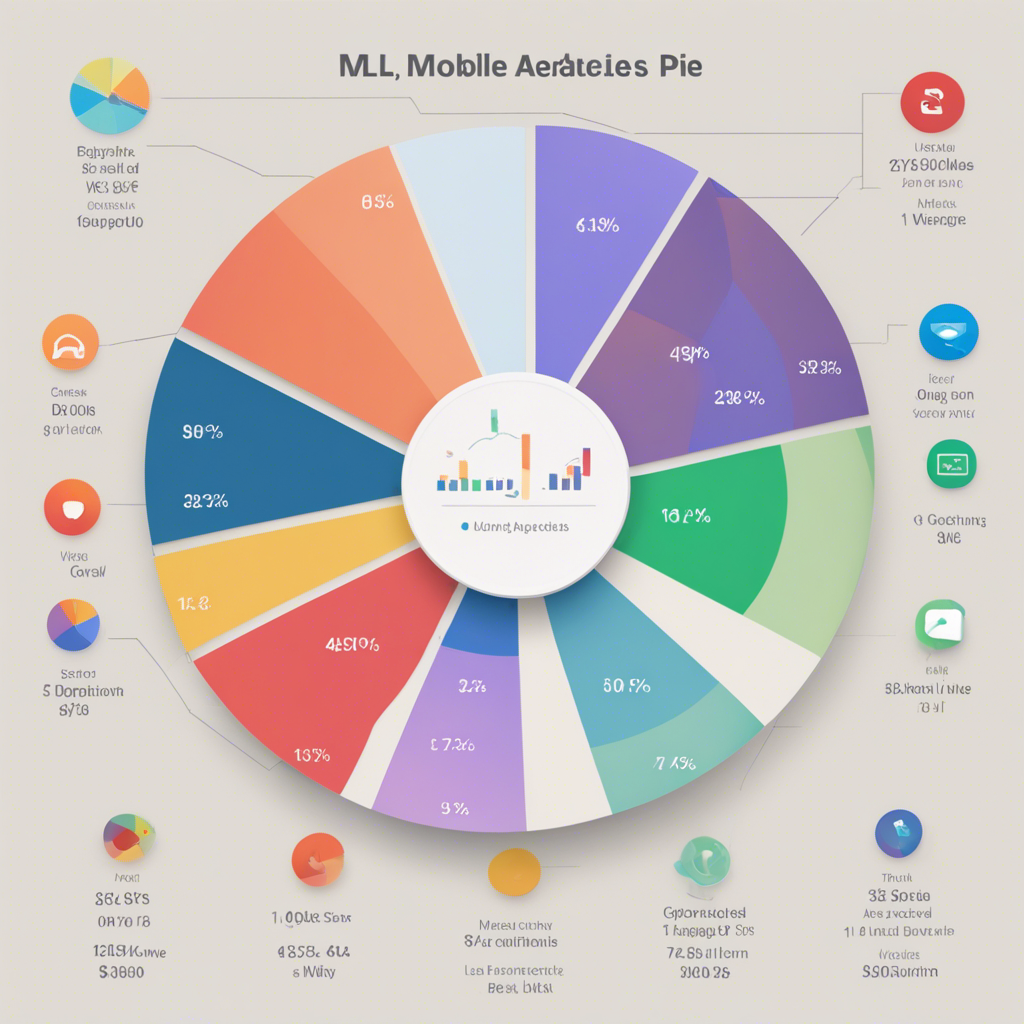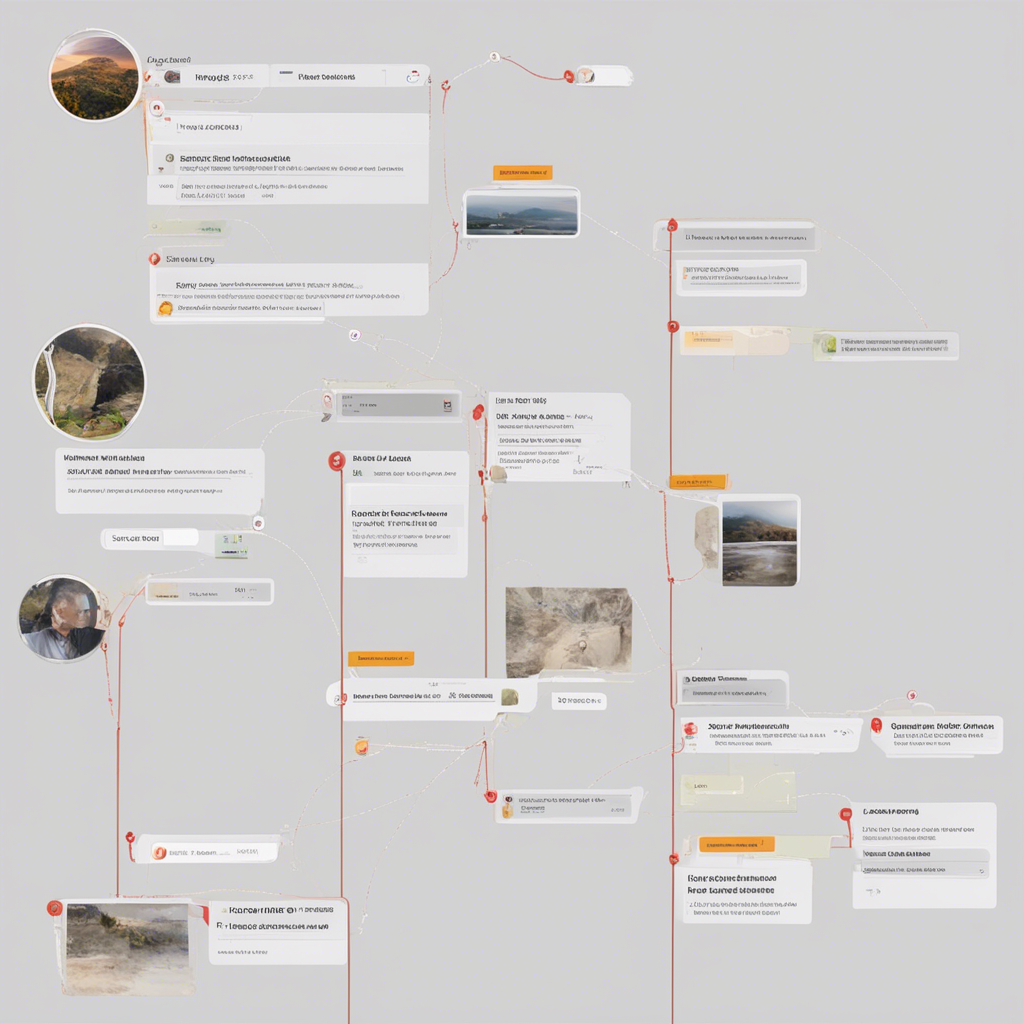
Maximizing User Engagement in Tech Products
User engagement is a crucial factor for the success of any tech product. It encompasses the level of interest, involvement, and satisfaction that users have with a product. High user engagement leads to increased usage, better retention rates, and ultimately, a more successful product.
In this blog post, we will explore various strategies to maximize user engagement in tech products. We will discuss the importance of understanding your target audience, the role of user experience (UX) design, the power of personalization, the value of gamification, and the benefits of leveraging social proof. So, let’s dive in!
1. Understanding Your Target Audience
To maximize user engagement, it’s essential to have a deep understanding of your target audience. Knowing their needs, preferences, and pain points will help you design a product that effectively meets their expectations.
Conducting thorough market research, user surveys, and user interviews can provide valuable insights into your target audience’s wants and needs. Additionally, analyzing user behavior through analytics tools can help identify patterns and pain points in the user journey. Understanding your audience will guide you in creating a user-centric product with features that resonate.
2. User Experience (UX) Design
User experience design is at the core of maximizing user engagement. A well-designed UX fosters positive interactions, seamless navigation, and a delightful user journey. Consider the following elements to enhance the UX of your tech product:
a. Intuitive and Responsive Design
An intuitive interface that is easy to navigate promotes user engagement. Focus on creating a consistent and user-friendly design across different platforms, such as mobile devices and desktops. Responsive design ensures that the product adapts well to various screen sizes, providing a smooth user experience.
b. Streamlined Onboarding Process
The onboarding process sets the tone for the user’s experience. Keep it simple, concise, and interactive. Provide clear instructions and guidance on how to use the product’s key features. Strive to eliminate any potential hurdles or confusion that could hinder user engagement.
c. Clear and Concise Content
Ensure that your product’s content is clear, concise, and easy to understand. Avoid jargon and use language that aligns with your target audience’s level of expertise. Implement a consistent tone and voice throughout the product to maintain a cohesive user experience.
d. Fast Load Times
Optimize your product’s performance to ensure fast load times. Slow-loading pages can frustrate users and lead to disengagement. Minimize unnecessary elements and optimize images and code to reduce load times and enhance user satisfaction.
3. Personalization
Personalization is a highly effective strategy to maximize user engagement. By tailoring the product experience to individual users’ preferences and needs, you can enhance their sense of ownership and satisfaction. Consider the following personalization techniques:
a. Customized Recommendations
Implement algorithms that analyze user behavior and preferences to provide relevant and personalized recommendations. By offering tailored content or product suggestions, you can increase user engagement and satisfaction.
b. User-Driven Customization
Allow users to personalize their experience by customizing certain aspects of the product, such as themes, layouts, or settings. Empowering users with these choices enhances their sense of control and ownership, fostering a deeper engagement with the product.
4. Gamification
Gamification is the application of game elements and mechanics in a non-gaming context. By incorporating elements like challenges, rewards, and progress tracking, you can create a more engaging and interactive user experience. Consider the following gamification techniques:
a. Point Systems and Leaderboards
Implement a point system that rewards users for completing tasks or achieving milestones. Leaderboards can showcase top users, creating a sense of competition and motivating users to engage more actively.
b. Badges and Achievements
Reward users with badges or achievements for completing specific actions or reaching certain levels of expertise. This can encourage users to explore and utilize different features of the product, leading to increased engagement.
5. Leveraging Social Proof
Social proof is a psychological phenomenon that occurs when people assume the actions of others in an attempt to conform. By leveraging social proof, you can positively influence user engagement. Consider the following tactics:
a. Reviews and Testimonials
Displaying positive reviews and testimonials from satisfied users can enhance credibility and trust. Potential users are more likely to engage with a product that has positive feedback from their peers.
b. User-generated Content
Encourage users to create and share content related to your product, such as reviews, tutorials, or success stories. This not only increases user engagement but also strengthens the sense of community around the product.
Conclusion
Maximizing user engagement in tech products is crucial for long-term success. By understanding your target audience, prioritizing user experience (UX) design, personalizing the product experience, incorporating gamification, and leveraging social proof, you can create a highly engaging and valuable product.
Remember, user engagement is an ongoing process. Continuously gather user feedback, analyze user behavior, and iterate on your product to ensure its relevance and appeal. By consistently enhancing user engagement, your tech product can stand out in the competitive market and thrive.
[Reputable References]
- Nielsen, J. “A Beginner’s Guide to UX Research.” Nielsen Norman Group, 2019. Link
- Khadafi, A., et al. “Personalization Techniques and Their Impact on User Engagement and Satisfaction: A Literature Review.” 2021 IEEE International Seminar on Application for Technology of Information and Communication (iSemantics). Link
- Deterding, S., et al. “Gamification: Toward a Definition.” Proceedings of the CHI 2011 Workshop on Gamification, 2011. Link
- Cialdini, R. “Influence: The Psychology of Persuasion.” Collins, 2007.






